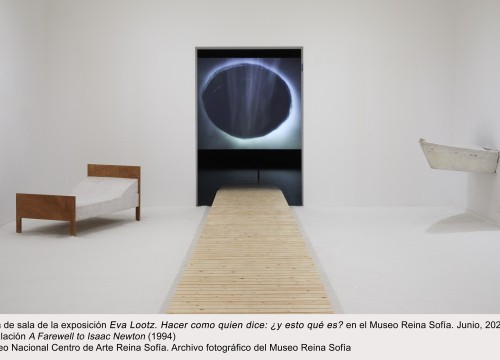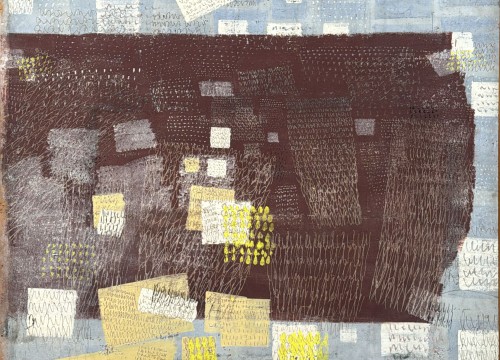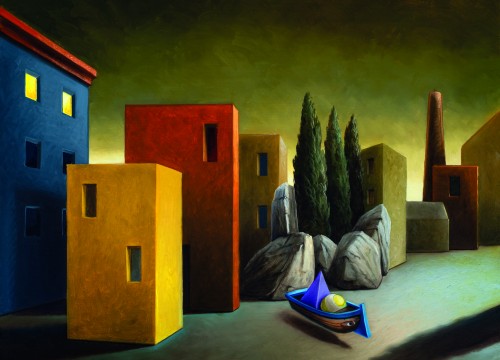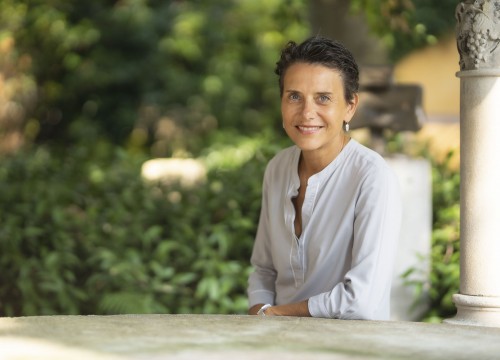Madrid • At the Thyssen-Bornemisza a unique exhibition dedicated to Chanel and Picasso
The exhibition traces the experiences that the painter and the fashion designer shared between 1915 and 1925
The meeting took place in 1917 in Paris thanks to Jean-Cocteau. She was a model of class and elegance, while he was a committed avant-gardist. She is considered a master of dressing the world, while he was a master at laying it bare. There is almost a whiff of heresy in the juxtaposition of Coco Chanel and Pablo Picasso. She was an unreachable model of class and elegance on the stages of French haute couture; he an avant-gardist engaged, in his last cubist season, with allegories of war and extreme decompositions of reality. She was the master of dressing the world, while he master of laying it bare. Two figures, seemingly placed at the antipodes of the creative universe, who nevertheless at a certain moment meet and intertwi-ne immediately revealing the unmistakable trait of a common destiny: that of forging a style, a language, a new code of unprecedented values that will leave profound marks in the respective worlds, art and fashion. This is the focus of the major exhibition "Picasso/Chanel" at the Thyssen Museum- Bornemisza, on view until Jan. 15, which traces the moments, climaxes and the fruits of the experiences that the painter and the fashion designer shared in the span of a decade, from 1915 to 1925.
TWO APPARENTLY POLES APART FIGURES WHO MEET AND MANAGE TO FORGE
A NEW LANGUAGE AND A NEW CODE THAT WILL LEAVE MARKS IN THE WORLD OF ART AND FASHION
Coco Chanel met Pablo Picasso in the glittering setting of the Ville Lumière, the epicenter of some of the most important cultural and stylistic revolutions taking place at the time: from artistic clubs to musical and theatrical stages, ateliers and fine couture stores. Among them, in Paris, Coco Chanel's very first stores opened in 1914 and immediately administered a sense of innovation and impeccable entrepreneurial spirit, around which the designer was able to develop a large entourage cultural and intellectual figures including writers, poets, musicians and, of course, artists. The meeting with Pablo Picasso took place in 1917 thanks to Jean Cocteau, and it is no coincidence that the Thyssen Museum dedicates two of the four sections in the exhibition to two plays written by Cocteau and which saw Chanel's contribution to create the costumes and Picasso's hand to the sets: Antigone and Le Train Bleu. The presence of his work in gouache Dos mujeres corriendo por la playa (La carrera) in the room dedicated to Le Train Bleu, a performance directed by Djagilev on the theme of the Olympic Games, for which Chanel designed the stage clothes inspired by her collection of sports garments.
SHE IS A MODEL OF CLASS AND ELEGANCE, HE IS A COMMITTED AVANT-GARDE.
SHE IS A TEACHER IN DRESSING THE WORLD, HE IS A MASTER IN EXPOSING IT
With the other two sections, El estilo Chanel y el cubismo and Olga Picasso, the exhibition as a whole returns to the roots of Coco Chanel's style, finding Cubism and its geometric formal language, its dryness, colors and the perfect balance between blacks, whites and beiges, in the straight lines and angular volu-mes, the origin of a style that would become an unsurpassed model of timeless sophistication. If the Cubist movement was destined to be overcome within the natural evolutionary cycle that characterizes the history of art, Chanel would give Picasso's painting that gift of eternity that transforms greatness into myth.
Picasso/Chanel
Madrid, Museo Thyssen Bornemisza
Curated by Paula Luengo
Until 15/01
































